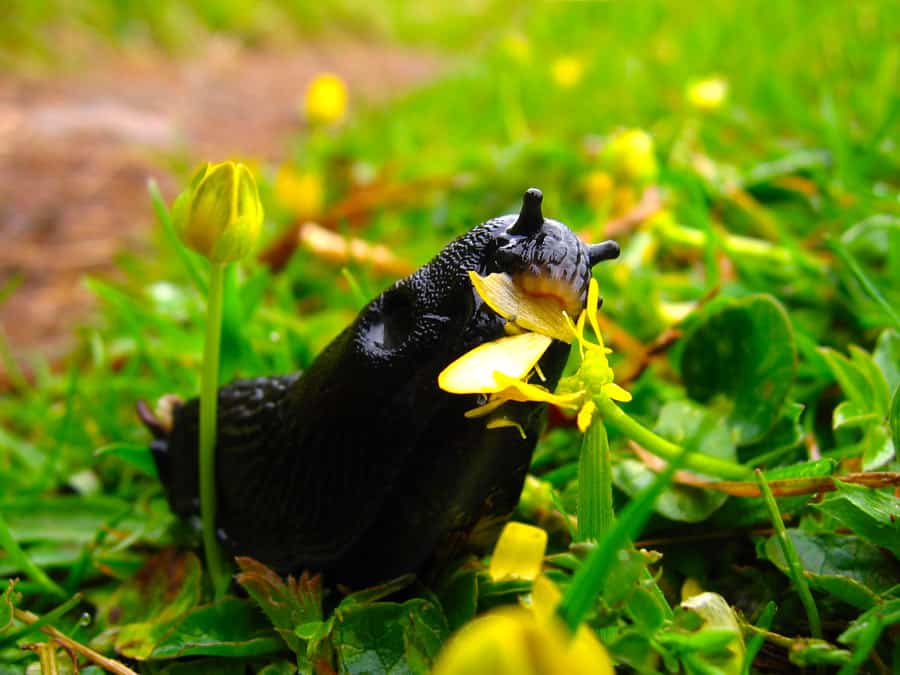Many land snails and slugs are pests in landscapes, vegetable gardens and greenhouses when they feed on plants. They feed directly on foliage and fruit which is the main concern and damage from these molluscs can be severe. Their preference for succulent foliage makes them serious pests of seedlings, herbaceous plants, and fruit ripening close to the ground, e.g., tomatoes and strawberries. The most destructive snails and slugs are often introduced exotic species.
Both slugs and snails have fleshy, soft, slimy legless bodies that range in color from whitish-yellow to black; most are mottled with shades of gray. Their eyes are carried on the ends of stalks or appendages on the head. Snails and slugs have similar bodies and both are protected by the mucus that they secrete. Snails have a hard spiral shell on their backs while slugs lack external shells completely .Snail shells provide protection from predators and during periods of excessive heat and dryness.


